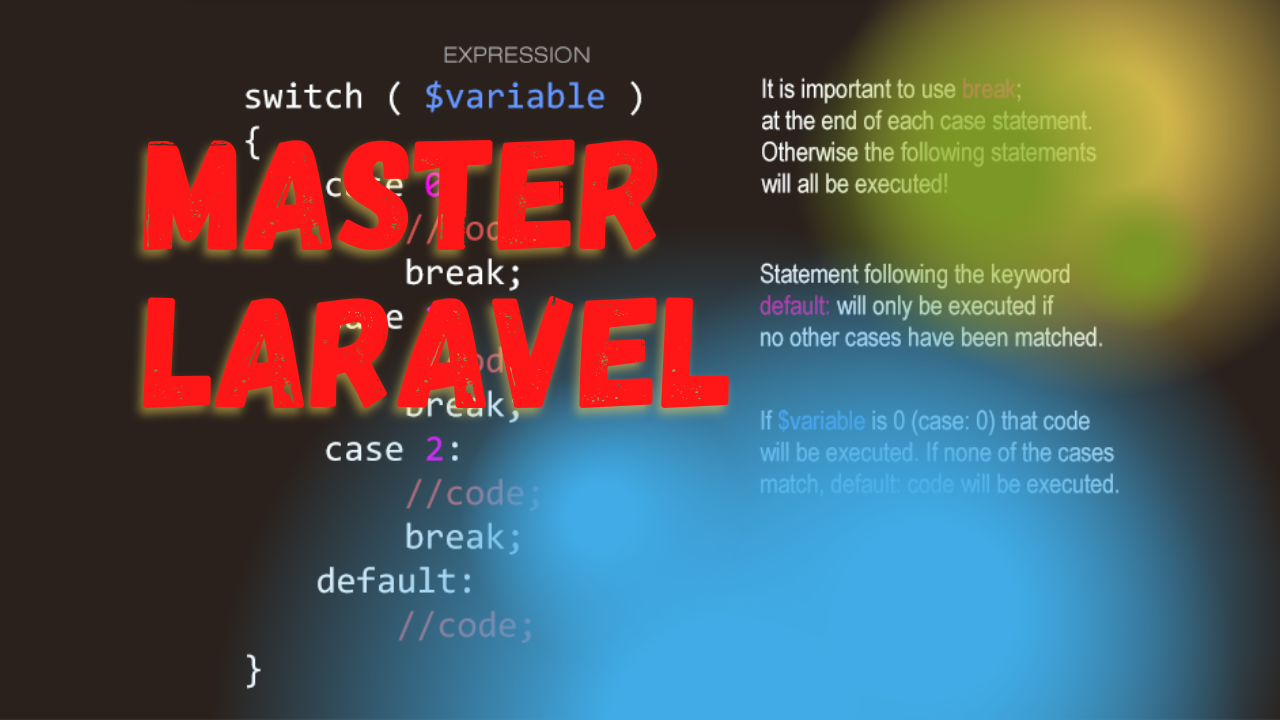Introduction Welcome to the world of Laravel, the robust PHP framework that simplifies complex coding tasks with elegant syntax. Whether you're a novice hoping to delve into web development or an experienced programmer aiming to expand your toolkit, this guide is your starting point into the Laravel framework in 2024.
What is Laravel? Laravel is an open-source PHP web framework designed for the development of web applications following the model-view-controller (MVC) architectural pattern. Known for its ease of use, Laravel has become a popular choice for developers due to its elegant syntax, robust features, and efficient task handling capabilities.
Getting Started with Laravel To begin your Laravel journey, you need to set up the development environment. Here's how:
-
Install Composer: Laravel utilizes Composer to manage its dependencies. First, install Composer from getcomposer.org.
-
Install Laravel: After installing Composer, you can install Laravel by running the following command in your terminal:
composer create-project --prefer-dist laravel/laravel laravelProject -
Serve Your Application: Navigate into your new Laravel project directory and start the development server:
cd laravelProject php artisan serveThis command will start a development server at http://localhost:8000.
Building Your First Web Page Now that your environment is ready, let’s create a simple web page.
-
Routes: Open the
routes/web.phpfile. Define a new route by adding:Route::get('/welcome', function () { return view('welcome'); }); -
Views: Create a view file in
resources/views/welcome.blade.phpand add the following HTML:<!DOCTYPE html> <html lang="en"> <head> <meta charset="UTF-8"> <meta name="viewport" content="width=device-width, initial-scale=1.0"> <title>Welcome to Laravel</title> </head> <body> <h1>Welcome to Your Laravel App!</h1> </body> </html> -
Test Your Page: Visit http://localhost:8000/welcome in your browser to see your new web page.
Understanding MVC Architecture in Laravel Laravel’s MVC architecture helps organize your application and makes it more maintainable.
- Model: Manages data and business logic.
- View: Handles the display of information.
- Controller: Connects models and views, processing incoming requests, handling user inputs and sending data back to the views.
Diving Deeper into Laravel Once you’re comfortable with the basics, explore more advanced features of Laravel such as:
- Eloquent ORM: For database interactions using an object-oriented model.
- Blade Templating: A powerful templating engine provided with Laravel.
- Authentication: Simplified authentication mechanisms.
Conclusion Starting with Laravel might seem daunting at first, but with this guide, you're well on your way to mastering it. Remember, the key to becoming proficient in Laravel—or any framework—is consistent practice and exploration.
About Us At FreeCoderTeam.com, we empower developers by providing in-depth tutorials, expert insights, and a platform to enhance coding skills. Explore our site for more resources tailored for both beginners and advanced programmers.
Call to Action Interested in more tutorials? Subscribe to our newsletter for the latest updates and expert tips on Laravel and other technologies.
This blog post includes an introduction to Laravel, installation instructions, a simple example, a brief discussion on Laravel's MVC architecture, and suggestions for further exploration. It’s tailored to be SEO-friendly with focused keywords, a clear structure, and actionable advice to engage readers.




